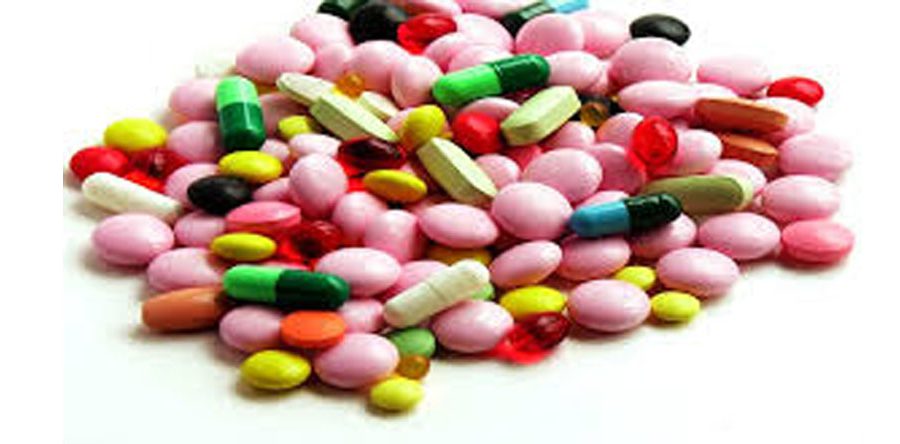The so-called ‘orphan drugs’ are intended to treat diseases so rare that sponsors are reluctant to develop them under usual marketing conditions.
The process from the discovery of a new molecule to its marketing is long (10 years in average), expensive (several tens of millions of euros) and very uncertain (among ten molecules tested, only one may have a therapeutic effect). Developing a drug intended to treat a rare disease does not allow the recovery of the capital invested for its research. Orphan drugs may be defined as: Drugs that are not developed by the pharmaceutical industry for economic reasons but which respond to public health need. Actually, the indications of a drug may also be considered as ‘ orphan ‘ since a substance may be used in the treatment of a frequent disease but may not have been developed for another, more rare indication.These products are developed to treat patients suffering from very serious diseases for which no treatment, or at least a satisfactory one, has so far been available. These diseases affect only a small proportion of the population (less than one person per 2,000 in Europe), most often at birth or in infancy. The number of rare diseases for which no treatment is currently available is estimated to be between 4,000 and 5,000 world-wide. Twenty-five to 30 million people are reported to be affected by these diseases in Europe.









